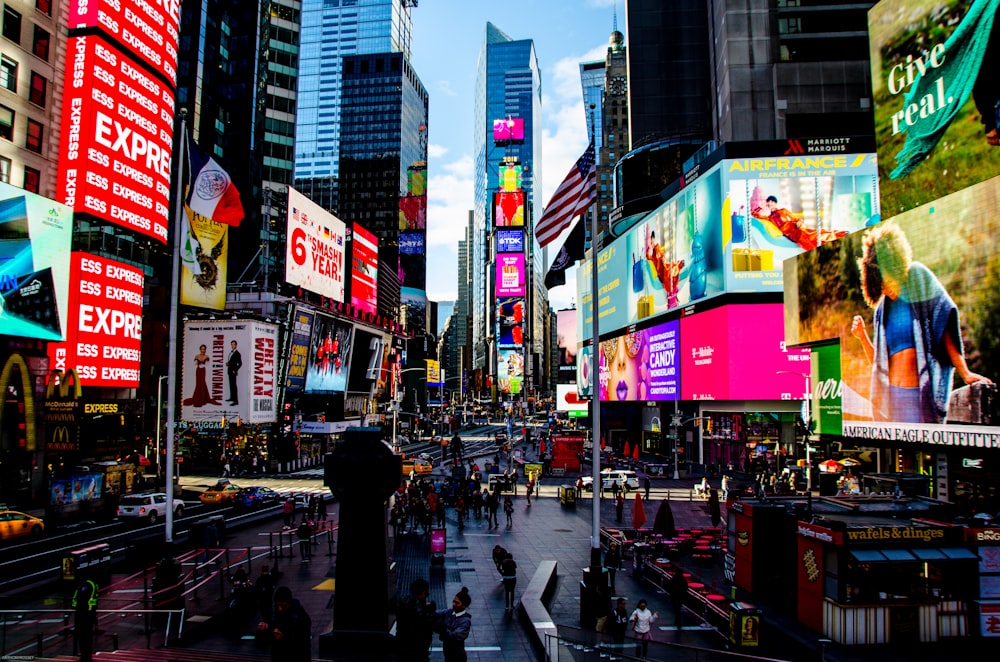Walled Gardens vs. the Open Web: A 2024 Industry Overview & Outlook
 Kyle Ward
Kyle Ward
The digital landscape is divided into two distinct spheres: the open web and walled gardens. This ongoing battle for user attention and advertising dollars has significant implications for brands, publishers, and consumers alike. In 2024, the dynamics are shifting, driven by privacy concerns, regulatory changes, and evolving user behavior. So in this blog, let's delve into the current state of this rivalry while exploring what the future holds.
Walled Gardens: Comfort and Control
Walled gardens offer curated experiences within their controlled ecosystems. It refers to closed, self-contained digital ecosystems owned by major tech players such as Facebook, Google, and Amazon. These platforms tightly control access to user data and advertising options, providing a seemingly secure environment for advertisers. However, the cost of entry is high, and the limitations may hinder the organic growth of businesses outside these walls. They boast:
High user engagement: Facebook boasts 246.73 million active users in the US (source Statista), providing brands with access to a large, engaged audience.
Precise targeting: Advanced data collection allows for highly targeted advertising, potentially leading to higher ROI.
Brand safety: Stringent content moderation policies offer a degree of protection against brand association with harmful content.
However, walled gardens also face challenges:
Limited reach: Brands are confined to the specific platform's audience, potentially missing out on valuable segments.
Data privacy concerns: User data collection practices raise privacy concerns and attract regulatory scrutiny.
Rising costs: Advertising on these platforms can be expensive, especially for smaller players.
The Open Web: Freedom and Flexibility
The open web represents the vast, interconnected network of websites and platforms outside walled gardens. Contrastingly, the open web, which encompasses the rest of the internet, offers a broader and more diverse landscape for businesses. While it lacks the controlled environment of walled gardens, it provides opportunities for innovation, increased reach, and diverse advertising options. It offers:
Wider reach: Brands can tap into diverse audiences across various websites and platforms.
Content control: Brands have more control over their messaging and presentation.
Lower costs: Advertising on the open web can be more cost-effective, especially for niche audiences.
However, the open web also has its drawbacks:
Lower engagement: User engagement on individual websites may be lower compared to walled gardens.
Targeting challenges: Reaching specific audiences can be more complex due to the fragmented nature of the open web.
Brand safety risks: The lack of centralized control can expose brands to harmful content or ad placements.
Brand Suitability and Contextual Ads
While studies often show mixed results depending on methodology, several previous reports (mentioned below) indicate advertisers favoring the open web for brand suitability. To assess brand suitability, advertisers are turning to contextual advertising on the open web. By analyzing the content surrounding an ad placement, brands can ensure alignment with their messaging.
1. OpenX Report 2023: 57% of agencies ranked contextual targeting as more important than audience targeting for brand suitability.
2. Juniper Research report 2022: The open web is expected to capture 63% of programmatic display ad spending by 2025, driven by contextual targeting and brand safety concerns.
User Engagement and Industry Trends
User engagement is a crucial metric in evaluating the effectiveness of advertising strategies. The industry shows a shift towards the open web, but walled gardens still hold a significant share. It clearly indicates a changing tide in user behavior and highlights the potential for brands to connect with audiences on the open web.
1. PwC Global Entertainment & Media Outlook 2023: Open programmatic ad spending is expected to grow 13.4% annually to reach $76 billion by 2026, while walled garden spending grows 8.9%.
2. eMarketer Report 2023: Digital ad spending in the US will reach $319.63 billion in 2024, with 54.1% going to walled gardens and 45.9% to the open web.
3. Digiday Report 2023: 72% of marketers plan to increase contextual targeting investments, citing brand safety and relevance as key drivers.
Key Trends that are shaping the future of this rivalry
1. Privacy regulations: GDPR and CCPA, along with potential future regulations, are forcing platforms to be more transparent and user-centric with data collection.
2. Contextual targeting: As third-party cookies are phased out, contextual targeting based on content and user behavior will gain importance, offering benefits for both walled gardens and the open web.
3. Focus on user experience: Platforms that prioritize user experience and data privacy will likely attract more users and engagement.
Outlook: A Co-existing Landscape
As we navigate the digital landscape, it's clear that both walled gardens and the open web have their merits. Neither will disappear completely. Instead, we'll likely see a co-existing landscape where brands leverage the strengths of each platform based on their specific goals and target audiences. A strategic blend of both, considering industry trends and audience behavior, is likely the key to a successful digital presence in 2024.
Subscribe to my newsletter
Read articles from Kyle Ward directly inside your inbox. Subscribe to the newsletter, and don't miss out.
Written by

Kyle Ward
Kyle Ward
Kyle Ward is a seasoned writer with a passion for exploring the intersection of advertising, new technologies, and artificial intelligence. Kyle delivers insightful analysis and thought-provoking commentary on the evolving landscape of marketing and communication.

